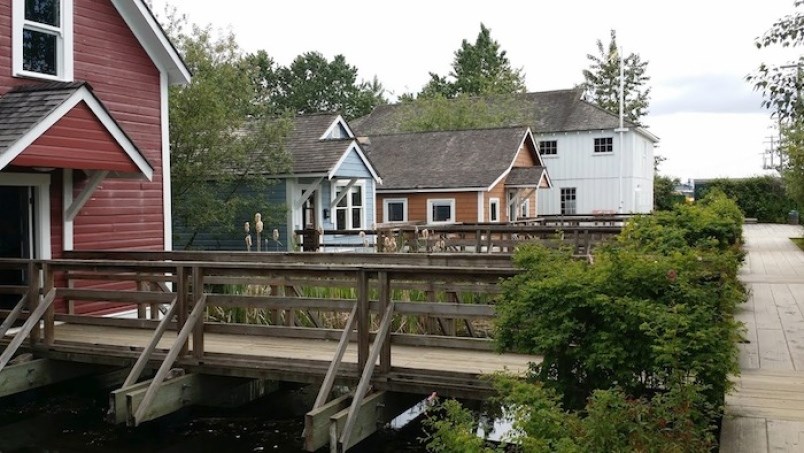Richmond city council wants to strengthen its network of historic sites and fix them up before launching into a new museum construction project.
At Tuesday’s committee meeting, council looked at three options laid out by staff: a national museum, which would be a regional, national and international destination, a city museum, that would be a gathering space telling the story of Richmond and a community museum, an interpretive hub that shares local stories and links with other historical sites in the city.
But the majority voted to first ask staff to report back on when all the historic sites in Richmond, including the Britannia Shipyards and the Phoenix Net Loft would be completed, and then to consider a museum larger than a “city museum” but not one as large an international destination museum.
Instead, a city facility telling the “Richmond Story” in a community gathering space is what staff was recommending council endorse as they plan a new museum. The current Richmond Museum and Archives is 2,325 square feet.
Coun. Harold Steves argued against a large museum that attracts major external exhibits, like King Tut, rather he said the eventual new museum should be a destination museum that tells the story of Richmond. However, he added, before that, renovations on existing heritage sites need to be finished.
He asked for a referral on the museum, and, instead moved a motion that rotating exhibits that are displayed at city hall are circulated at different heritage sites and that the existing heritage sites be finished first.
Steves said the museum was taking out of the five-year plan “for a very good reason.”
“The reason was we said, let’s finish Britannia, London Farm, Steveston Museum, the museum sites we’ve got now, and when we’ve finished those, then we can decide what kind of central museum we want,” Steves said.
Coun. Alexa Loo voted against the referral and instead argued to get “the ball rolling” to create a masterplan on the museum project.
“While we have some great assets out along the water and elsewhere,
I don’t think their plan should be in absence of a bigger plan for a museum,” Loo said. Instead of first renovating the heritage sites, Loo said the central museum should be planned and built, rather than having orphaned facilities throughout the community.
The capital cost outlined in the report of the three museum models varied dramatically — a national museum would cost $53 million, a city museum $17 million and a community museum, $3.4 million. Each model, however, would have an added cost or $3.5 million for a museum network linking historical sites.
City staff explained, however, these three models were just points on a continuum, examples of the types of museums that could be developed, and council could direct the size and scope they wanted.
While city staff was recommending the city museum model, Richmond resident John Roston argued for a national museum, saying this was the model favoured by the public in a consultation process in 2012. In a written response to the proposal by staff, Roston suggests co-locating a museum with a hotel, which he envisions would help with the capital costs as well as the annual operating costs.
The national museum model would have an operating budget of $4 million, but Roston argues it’s the only model that will attract federal and provincial funding.
The city is undertaking a cultural precinct study, which was approved in the 2019 budget, looking at long-term plans for cultural facilities in Minoru Park.
The current museum was built in 1992. The museum also has four off-site locations for storage, totalling 12,000 square feet. There are 45,000 visitors annually to the museum.



